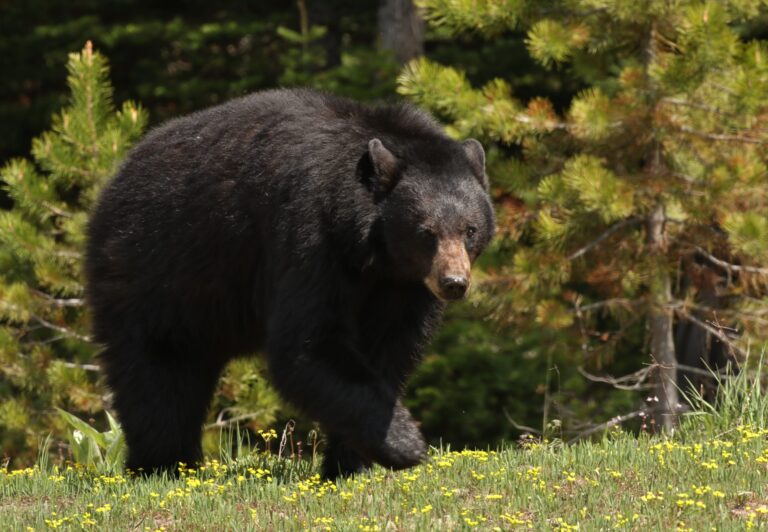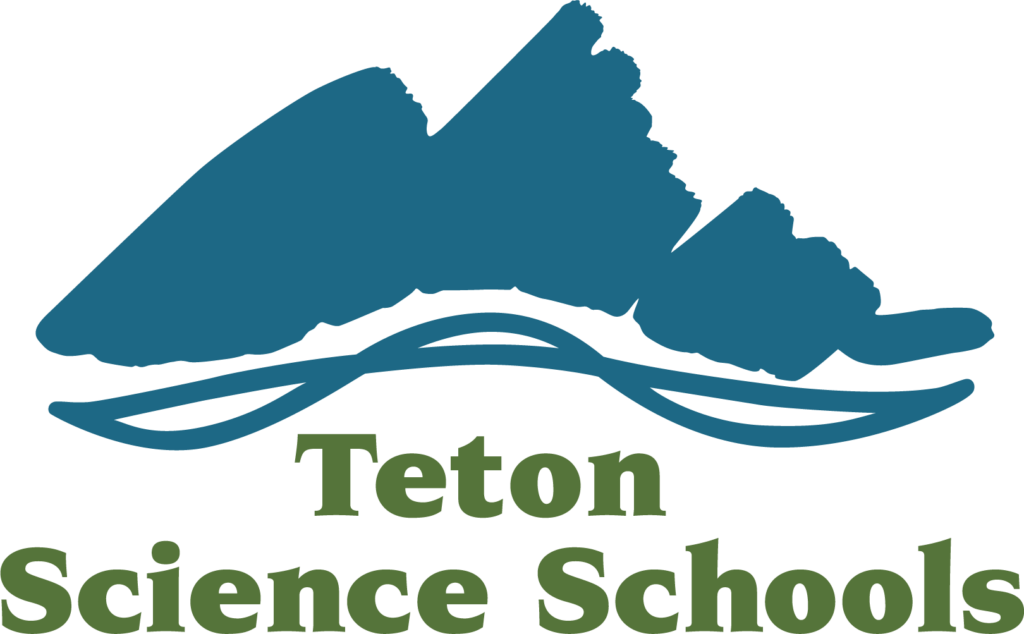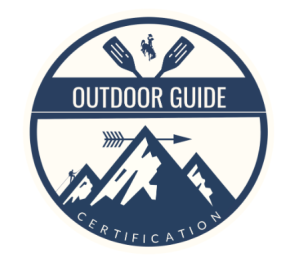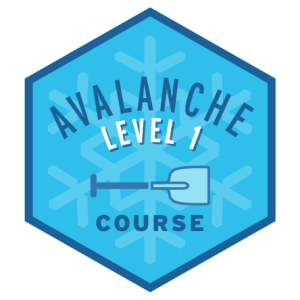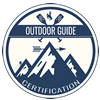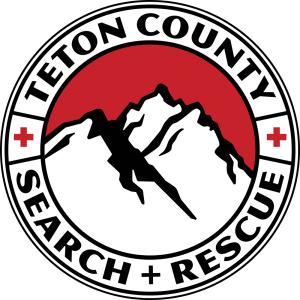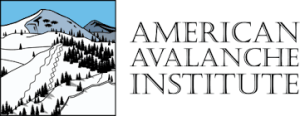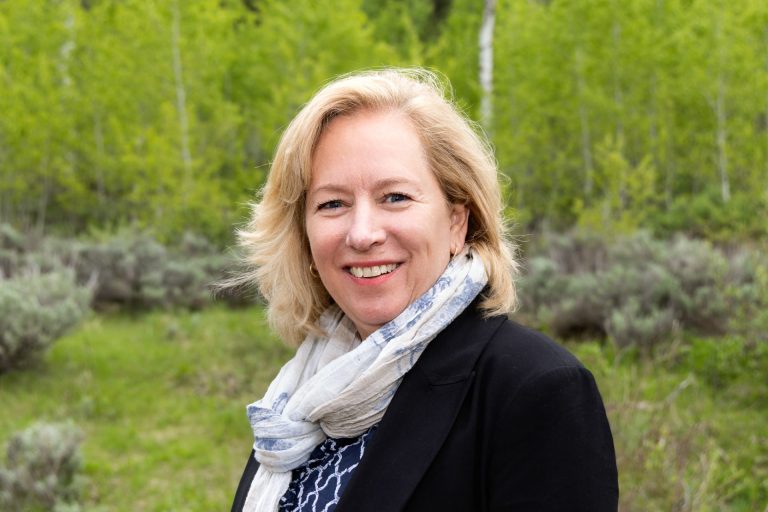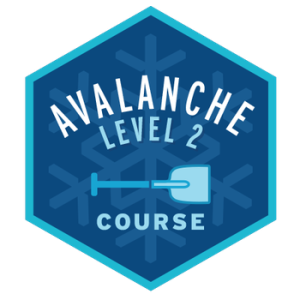Meet Our Guides
No matter which Jackson Hole wildlife tour you choose, you will be accompanied by one of our outstanding guides. Our guides are experienced naturalists with a shared passion for the Greater Yellowstone Ecosystem. As part of Teton Science Schools, Wildlife Expeditions believes in connecting visitors to this special ecosystem through education. Our guides will share their knowledge on local ecology, history, biology and botany and welcome any questions you may have about the area. All of our guides are experts at searching for and locating wild animals. Wildlife sightings vary from tour to tour, but we guarantee you will learn something new!
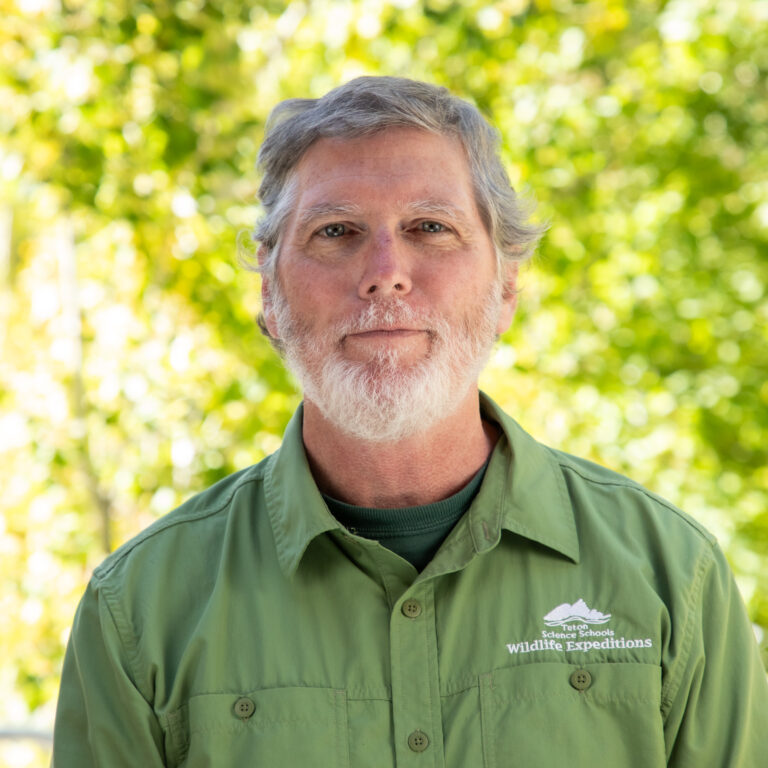
John Gallagher
Director of Wildlife Expeditions
Director of Wildlife Expeditions
Favorite Animal in the Greater Yellowstone Ecosystem: Great Grey Owl
John’s long career in outdoor recreation and environmental education began right here in the GYE as part of the Teton Science Schools Graduate Program. Since then, John has been an administrator for Nature Centers in Utah, Colorado and Kansas. He has also worked as a middle school science teacher and as a biologist for the US Forest Service studying birds for their Neotropical Migratory Bird Program. John earned his Bachelor's Degree in Natural History from Prescott College and did additional graduate studies at New Mexico Highlands University. He is a Certified Interpretive Guide with the National Association of Interpretation, a Leave No Trace Master Educator, and Certified Outdoor Leader with the Wilderness Education Association. John is thrilled to be part of this organization that deeply connects people with the Greater Yellowstone Ecosystem and all of its wonders.
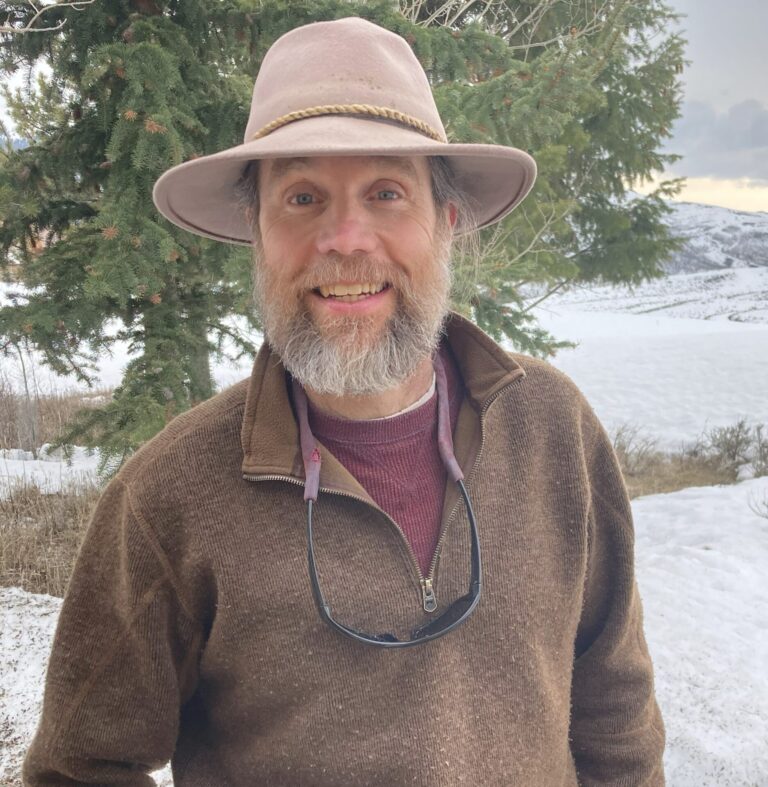
Kevin Taylor
Lead Guide
Lead Guide
Favorite Animal in the Greater Yellowstone Ecosystem: Coyote
Kevin Taylor has been part of the Wildlife Expeditions of Teton Science Schools team since 2002. Kevin has a Bachelor of Science in Biology and a Masters of Science in Botany. His biological research experience includes several wildlife research projects, as well as mapping distribution of rare plant species and the effects of global climate change on mountain plants. He believes that it is critical to include modern humans when discussing natural history and ecology, and he studies and teaches ethnobotany and ethnozoology. Hunting, gathering, gardening, raising chickens and bees, and constantly performing ethnological experiments in Jackson Hole allow Kevin to become increasingly intimate with the ecology of the Greater Yellowstone Ecosystem, and interpret the human history of the GYE with a hands-on perspective.
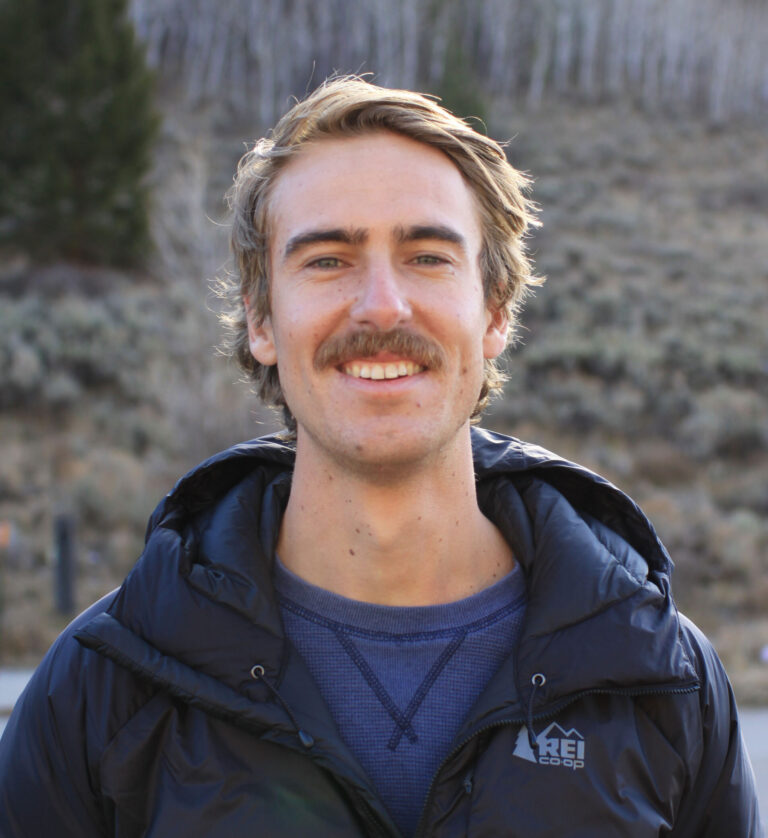
Keith Moore
Guide
Guide
Hometown: Jupiter, Florida
Favorite animal of the Greater Yellowstone Ecosystem: Grizzly Bear
Keith grew up in Jupiter, Florida where he spent most of his time exploring the ecosystems in and around the Everglades. At a young age, Keith was exposed to many national parks and public lands around the southwest and Rocky Mountain regions. Keith went on to earn a degree in environmental studies with minors in geology and interdisciplinary studies at Florida Gulf Coast University. After graduating, Keith worked as a Geoscientist-in-the-Parks intern at Bryce Canyon National Park. This led to a seasonal position as an interpretative park ranger with the National Park Service. Keith has worked several seasons at Bryce Canyon and two seasons at Grand Teton National Park. When he’s not guiding, Keith can be found photographing wildlife, backpacking, bird watching, fly fishing, or playing guitar.
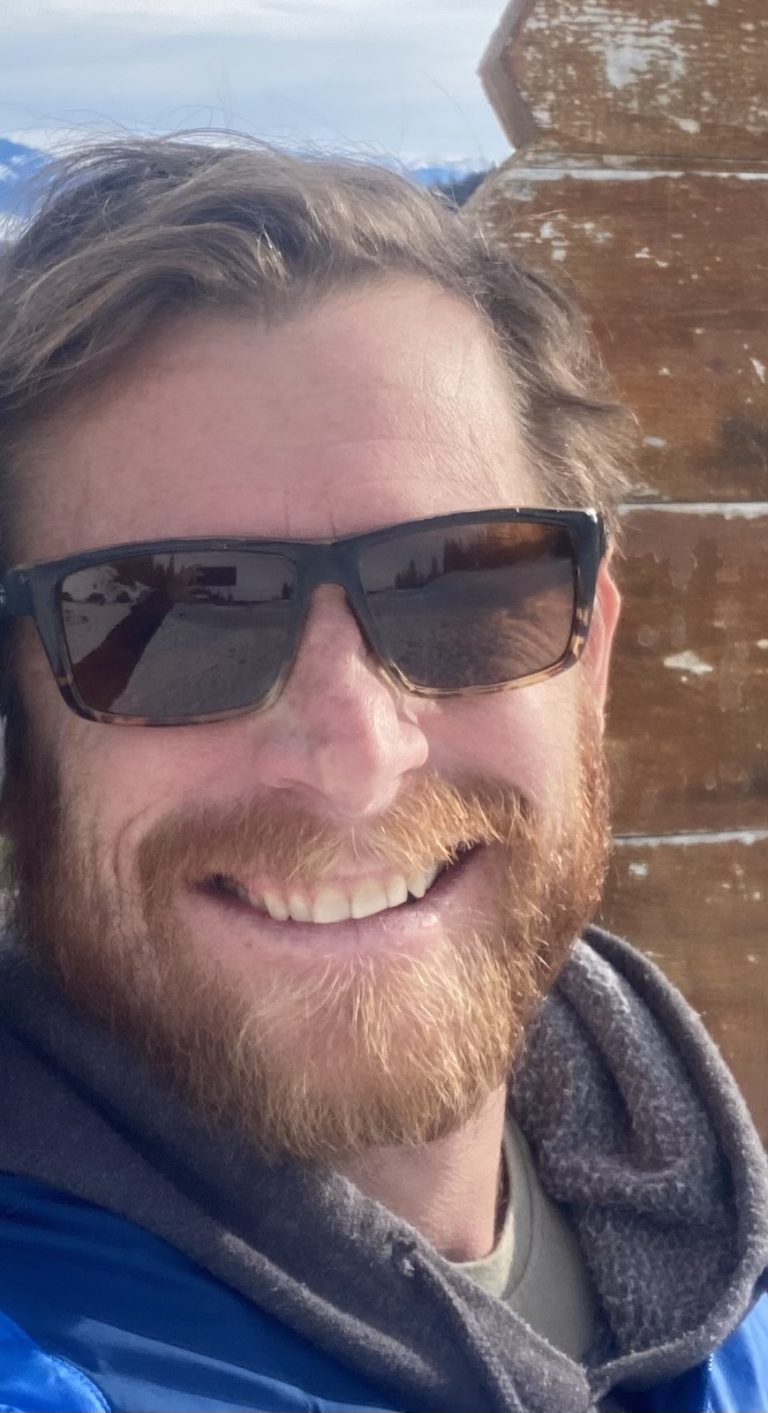
Roger Crafts
Guide
Guide
Roger grew up in New England, attended college in the mid-west, and lived for 25 years in the Seattle area. He fell in love with the greater Yellowstone ecosystem in his early 20s and has finally made it back to fully enjoy it! Along with his guiding, he is a remodel contractor and an avid skier.
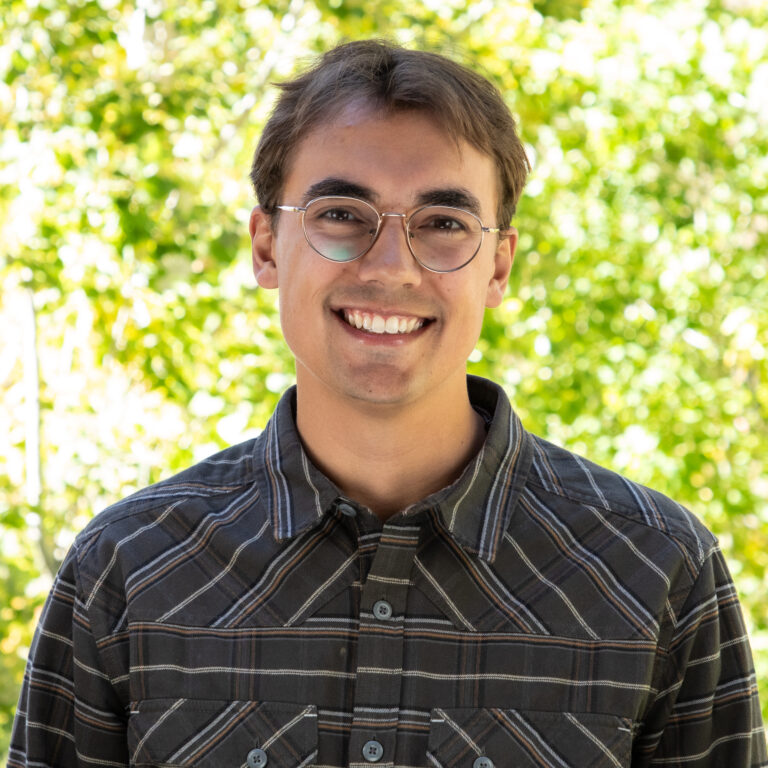
Charles DiMagno
Guide
Guide
Charles graduated from Kalamazoo College with a degree in wildlife ecology and neuroscience. In the past, he has conducted research in Isle Royale National Park, worked in the Ecuadorian Amazon, and led expeditions through New York’s Adirondack Mountains. In 2024, he joined TSS, driven by his passion for teaching science and the outdoors as a way to inspire others to see the world through a lens of interconnection and interdependence. In his free time, Charles enjoys canoeing, camping, and playing music in beautiful places.
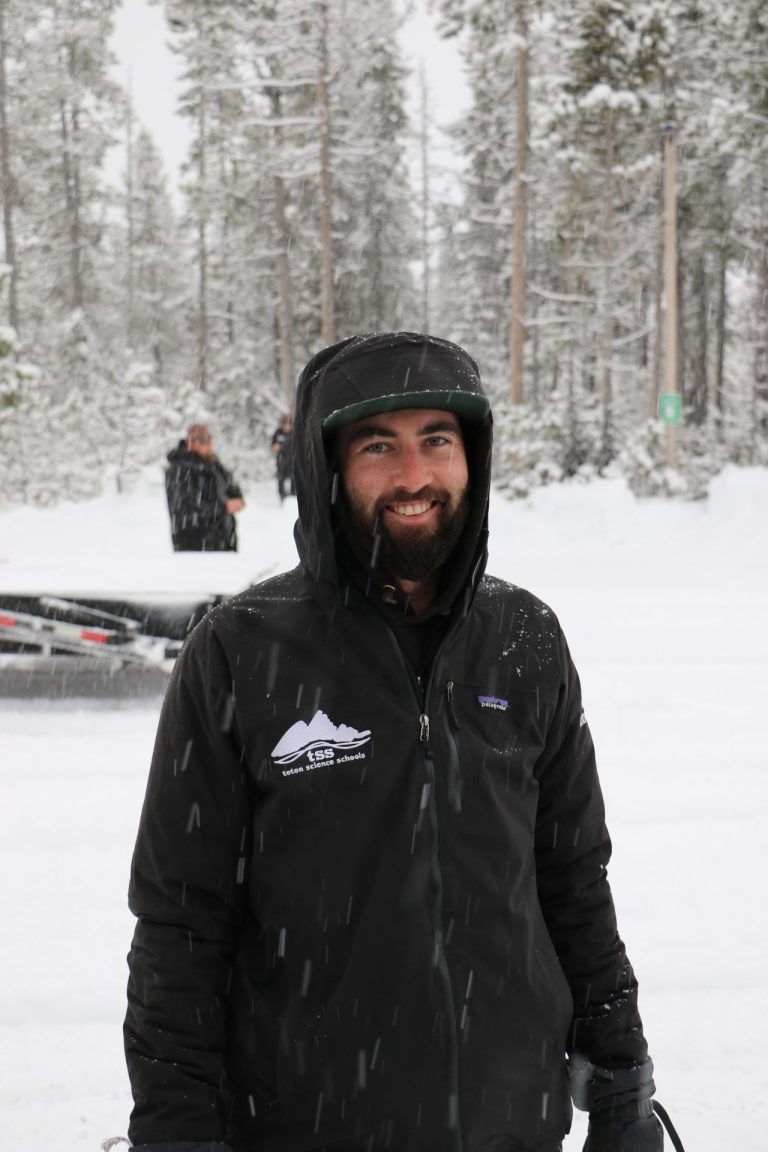
Casey Keeley
Guide
Guide
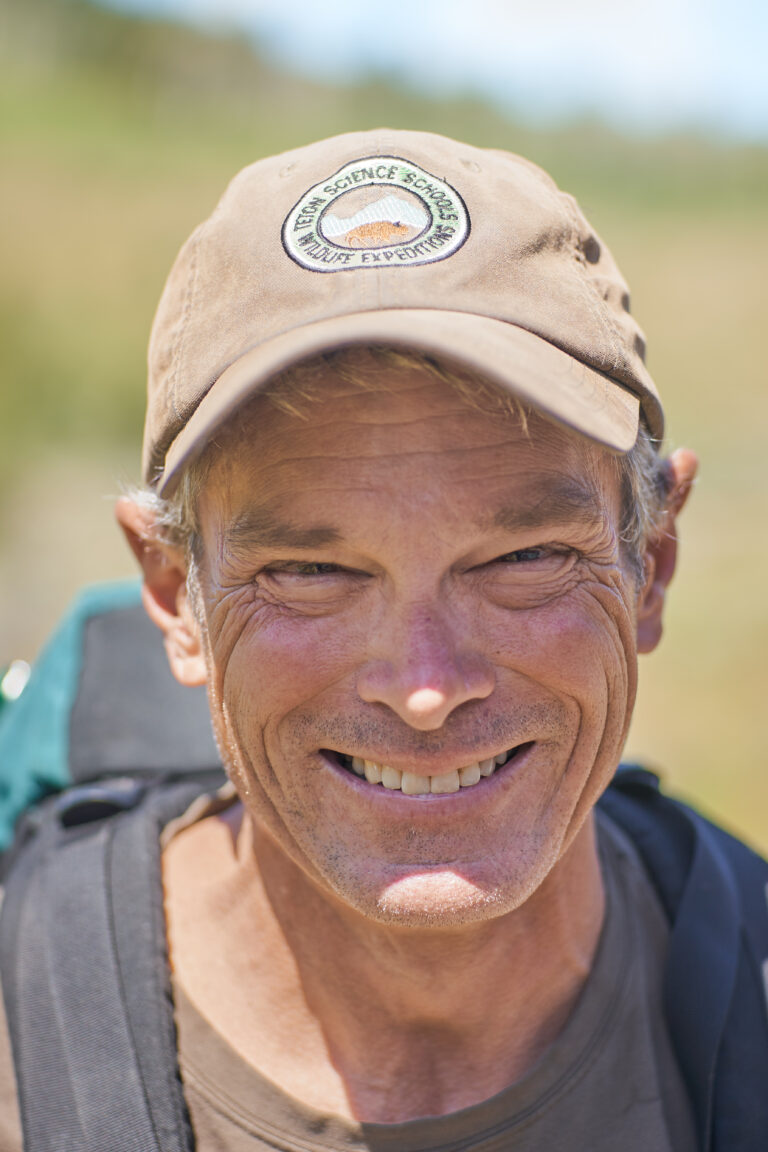
Mike Rowell
Lead Guide
Lead Guide
Hometown: Buchanan, Georgia
Favorite animal in the Greater Yellowstone Ecosystem: Pine Marten
Mike grew up on a farm near Buchanan, Georgia where his family raised livestock, corn, soybeans, and pine timber. Recognizing the value and importance of the natural world at an early age, he developed a strong interest in natural resource conservation which led to a Bachelor of Science in Forestry from Louisiana Tech University, and a Master of Science in Wildlife Science from Utah State University. In graduate school Mike performed research on mammalian carnivore communities where his study subjects were coyotes and striped skunks in the Black Hills of South Dakota, and then pine martens in Yellowstone National Park, his favorite wildlife species. Mike has worked as a professional wildlife biologist in the western U.S. since 1994. This includes three years as a part-time Guide for Wildlife Expeditions (2009 through 2011). He is excited to now have a full-time opportunity to share his passion for the Greater Yellowstone Ecosystem.
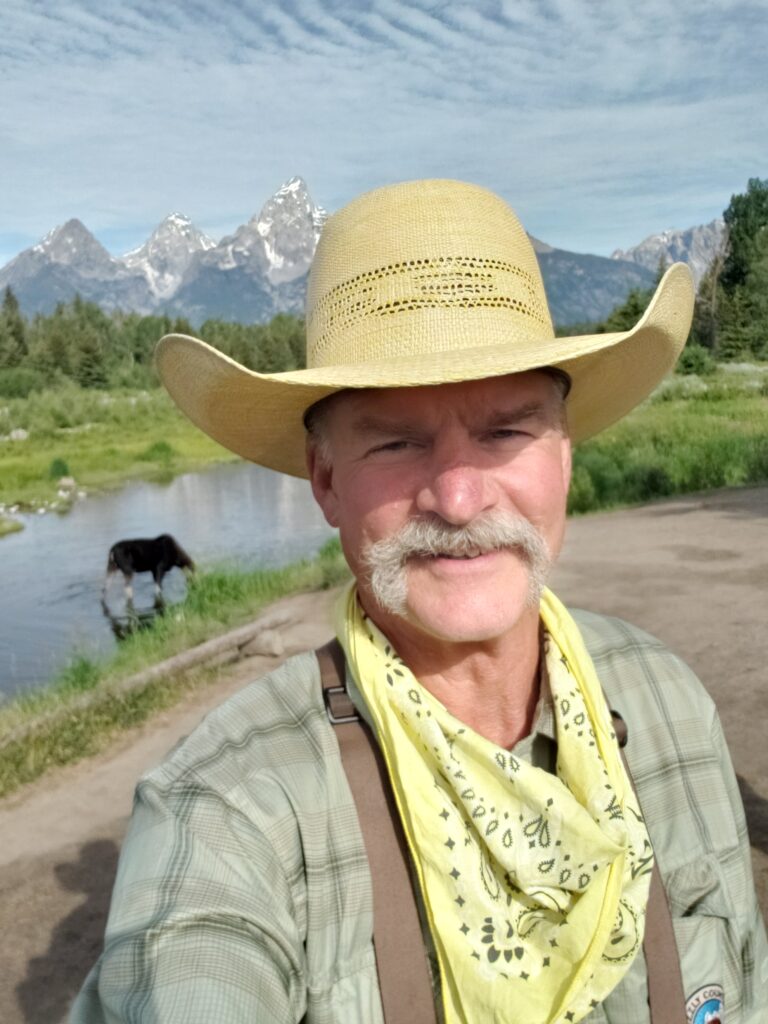
Scott Huber
Guide
Guide
Favorite Animal in the Greater Yellowstone Ecosystem: Gray Wolf
Scott has enjoyed a lifelong passion for animals and the outdoors since he began observing ants for hours at a time as a four-year old. In college he developed his skills as a birder, and has led bird-watching trips in Alaska, Texas, Arizona, California, Nevada and Mexico since 2007. His desire to share his love of nature led him to work as the Education Coordinator for a California State University ecological reserve. Since building his home in Wyoming in 2020, he has enjoyed sharing his knowledge as a wildlife tour guide In Grand Tetons and Yellowstone. Scott is the author of the highly reviewed novel Yellowstone DNA, a tale of Lamar Valley wolves.
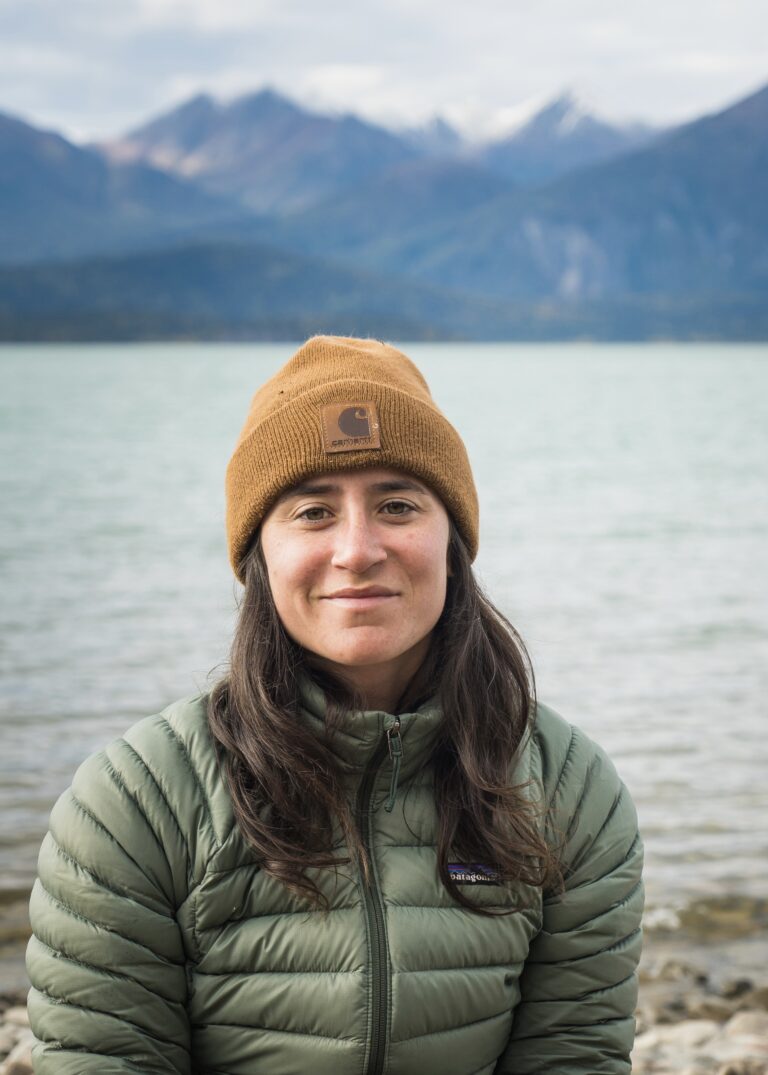
Sadie Textor
Guide
Guide
Sadie was first introduced to the Greater Yellowstone Ecosystem on a weeklong 8th grade field trip with none other than Teton Science Schools. The experience deeply moved her and she always dreamt she would be back. Now, after collectively spending years living and working in the GYE, she loves that it continues to challenge her to learn. She hopes to inspire others to develop curiosity about the natural world and a sense of stewardship for land that we have a collective responsibility to protect.
Sadie graduated from Florida State University with a B.S. in Environmental Science and an M.S. in Aquatic Environmental Science. Since then, she has spent ten seasons working for or with the National Park Service (NPS) as an interpretive park ranger, education associate, wildlife management assistant, or hydrologic technician in Bryce Canyon, Grand Teton, Katmai, and Lake Clark National Parks. She currently spends her summers conducting freshwater research for the NPS’s Southwest Alaska Inventory and Monitoring Network
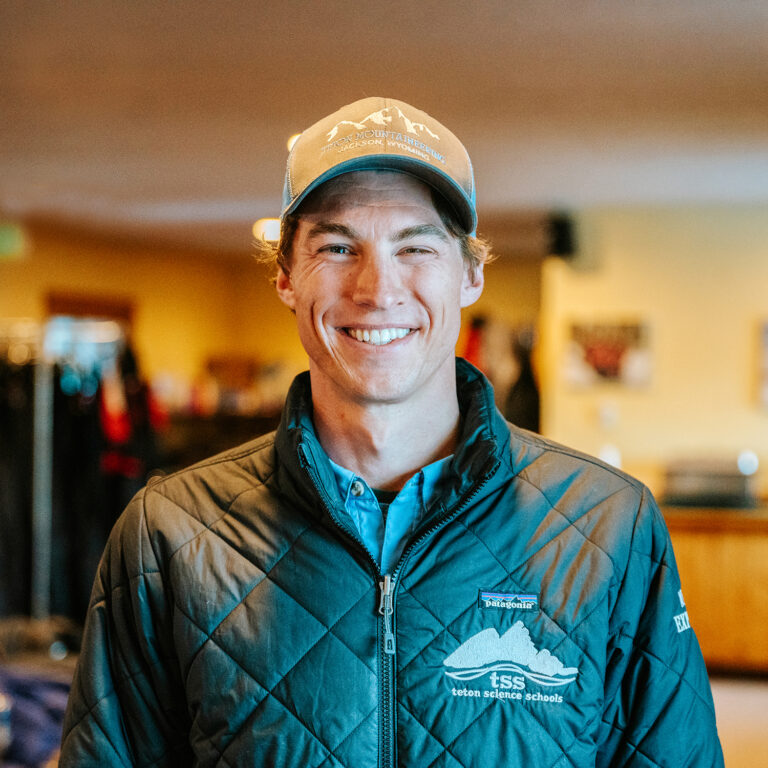
Tyler Griffin
Lead Guide
Lead Guide
Hometown: Waterford, CT
Favorite animal in the Greater Yellowstone Ecosystem: American Pine Marten
Tyler grew up on the East Coast and earned a degree in Environmental Science from Colby-Sawyer College in New Hampshire. There, he spent most of his weekends exploring the White Mountains and making maple syrup. Not long after, he moved to Jackson, WY to be surrounded by mountains, national parks and wildlife. He quickly developed a passion for teaching others about the Greater Yellowstone Ecosystem. He served in the Peace Corps from 2015-2017 as an Environmental Volunteer in Malawi, Africa. During his time there, he taught sustainable agriculture, home gardening techniques and natural resource conservation. After returning to the states, he continued guiding in the GYE in hopes of sharing his appreciation of the natural world with others.
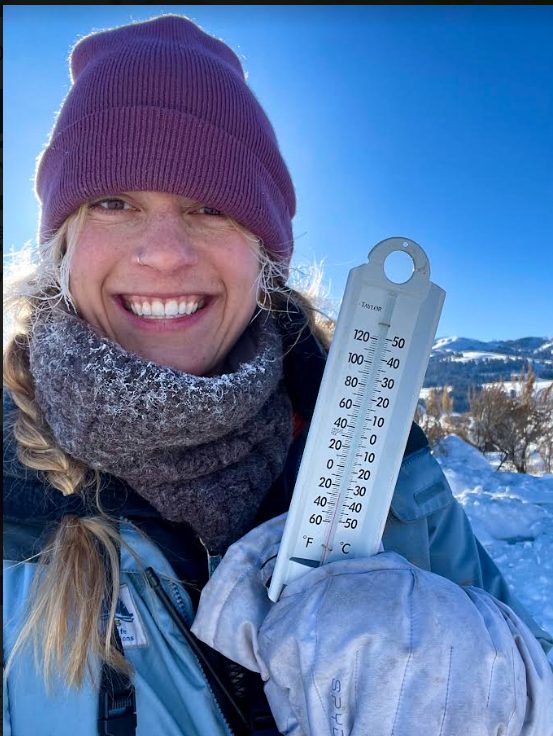
Samantha Strauss
Guide
Guide
Hometown: South Lyon, MI
Favorite animal in the Greater Yellowstone Ecosystem (GYE): River Otter
Born and raised in Michigan, Sam spent her childhood dreaming of the mountains and rivers of the American West. This dream became reality when Sam left home to study at the University of San Diego. She soon began a career guiding throughout the Southwest, Alaska and Canada.
In 2018, Sam moved to Jackson Hole for a dream job with Teton Science Schools. She spends winters leading trips throughout the Greater Yellowstone Ecosystem. In the summers, Sam splits her time between Alaska, Wyoming, and Montana. As a science communicator throughout the West, Sam feels she is living her childhood self’s wildest dreams.
Sam’s work with Teton Science Schools is purpose driven. By deepening her own understanding of a place, she comes to feel a greater sense of responsibility to it—to the land’s inhabitants, its beauty, and its future. As a Wildlife Expeditions guide, she wakes up every day with the intention to help others deepen their own relationship with the land around them.
When Sam isn’t out trying to find her favorite animal (otters), she enjoys writing or exploring nearby rivers and trails.
